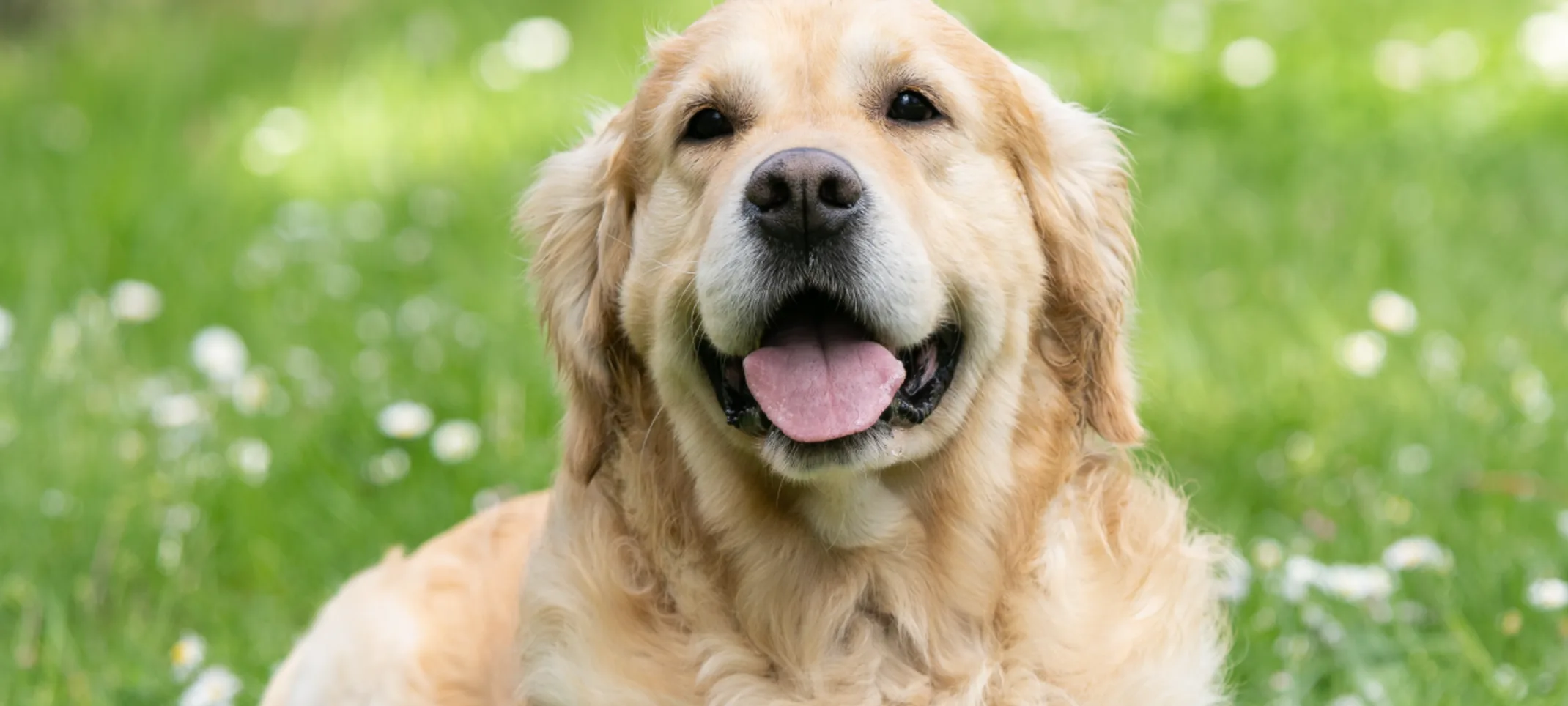Family Pet Hospital & Tiny Town Animal Clinic
Tibial Plateau Leveling Osteotomy (TPLO)
The Tibial Plateau Leveling Osteotomy (TPLO) is considered to be the best repair option for dog cranial cruciate ligament (ACL) tears by the majority of board certified veterinary surgeons.

Overview:
How is cranial cruciate ligament injury diagnosed?
Diagnosis in dogs with complete rupture of the CrCL is based on examination by an experienced veterinary surgeon, with demonstration of laxity of the joint by specific manipulations of the knee. In dogs with partial tears or early degeneration of the ligament, other tests may be necessary, including radiography (x-rays) or MRI scans. To be of maximum benefit, radiographs must be of optimal quality. In most dogs, exploratory surgery or arthroscopy (keyhole surgery) is used to confirm the diagnosis, and to investigate for possible cartilage tears or other problems.
How is cranial cruciate ligament injury treated?
Tibial Plateau Leveling Osteotomy (TPLO) The Tibial Plateau Leveling Osteotomy (TPLO) is considered to be the best repair option for canine cranial cruciate ligament (ACL) tears by the majority of board certified veterinary surgeons. In fact it has been considered the gold standard for nearly two decades. TPLO is arguably the most frequently performed small animal orthopedic procedure in history. Experts use a wagon and hill diagram to explain how a dog TPLO procedure fixes the bone and ligament problem. Imagine you have a wagon on a sloped hill that is connected to a post via a cable. If that cable snaps, the wagon automatically slides down the hill. Using that mental picture, replace the cable with the cruciate ligament, the wagon with the femur and the slope as the tibia. When the cruciate ligament ruptures, the femur slips off the tibia, causing incredible pain and instability of the joint. A tibial plateau leveling osteotomy involves removing any damaged cartilage and the torn ends of the cruciate ligament. The surgeon will remove as little as possible to avoid arthritis. Once this is done, the top of the tibia is cut to remove the slope and a plate is attached to the tibia to hold it in its new position during the healing process.
What are the advantages of TPLO surgery?
Immediate benefits are apparent in a dog. Because bone healing is more efficient than ligament healing, these repairs have a reputation for being significantly more robust than surgeries designed to replace the damaged ligament. The major practical benefit is a very reliable return of limb use, with all dogs expected to start weight bearing on the operated limb within 1-3 days. Within the first week, the dog will start putting weight on the repaired leg. Within two weeks, many dogs are ready to get back to normal activity. Veterinary surgeons generally have pet owners limit their dog's activity for eight weeks. After follow-up X-rays, the surgeon will increase the amount of daily exercise. At this point, short walks on a leash are often recommended. By four months, most dogs are back to normal activities. Working dogs may be required to wait until the sixth month before going back to hunting and agility routines. The healing process depends on the depth of the original injury. Dogs with a fully torn cruciate ligament will require more rest than a dog with a partial tear.
